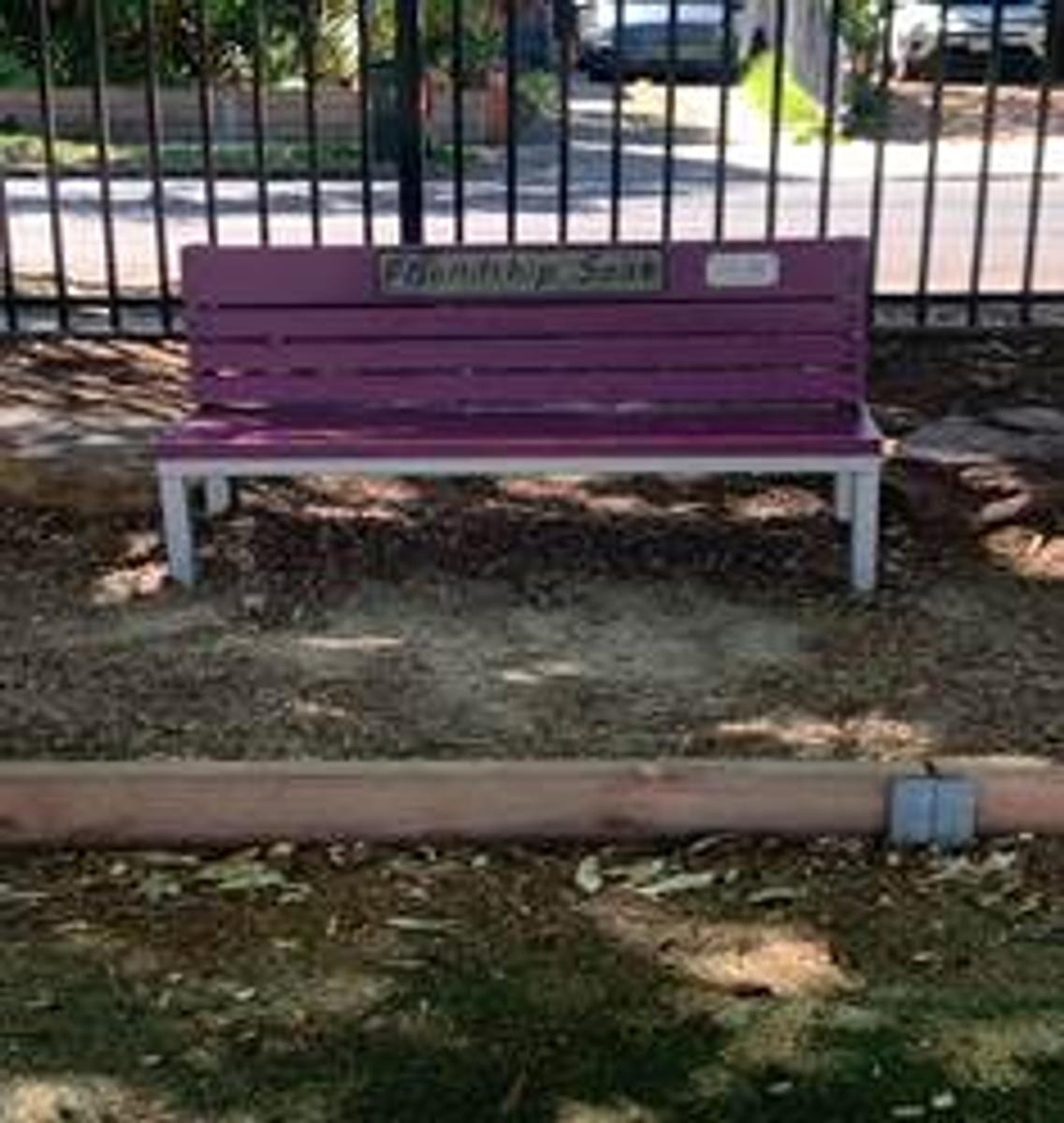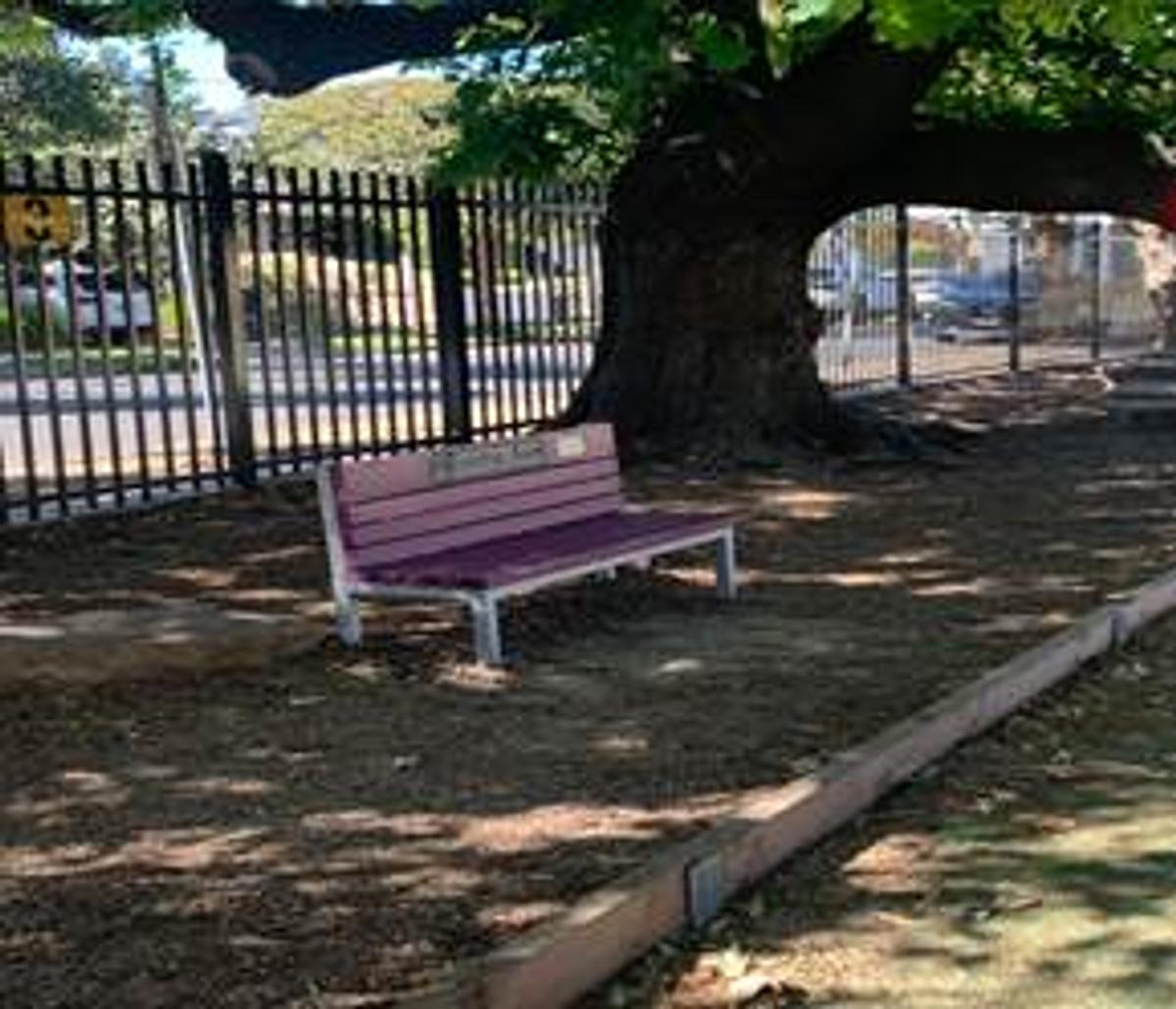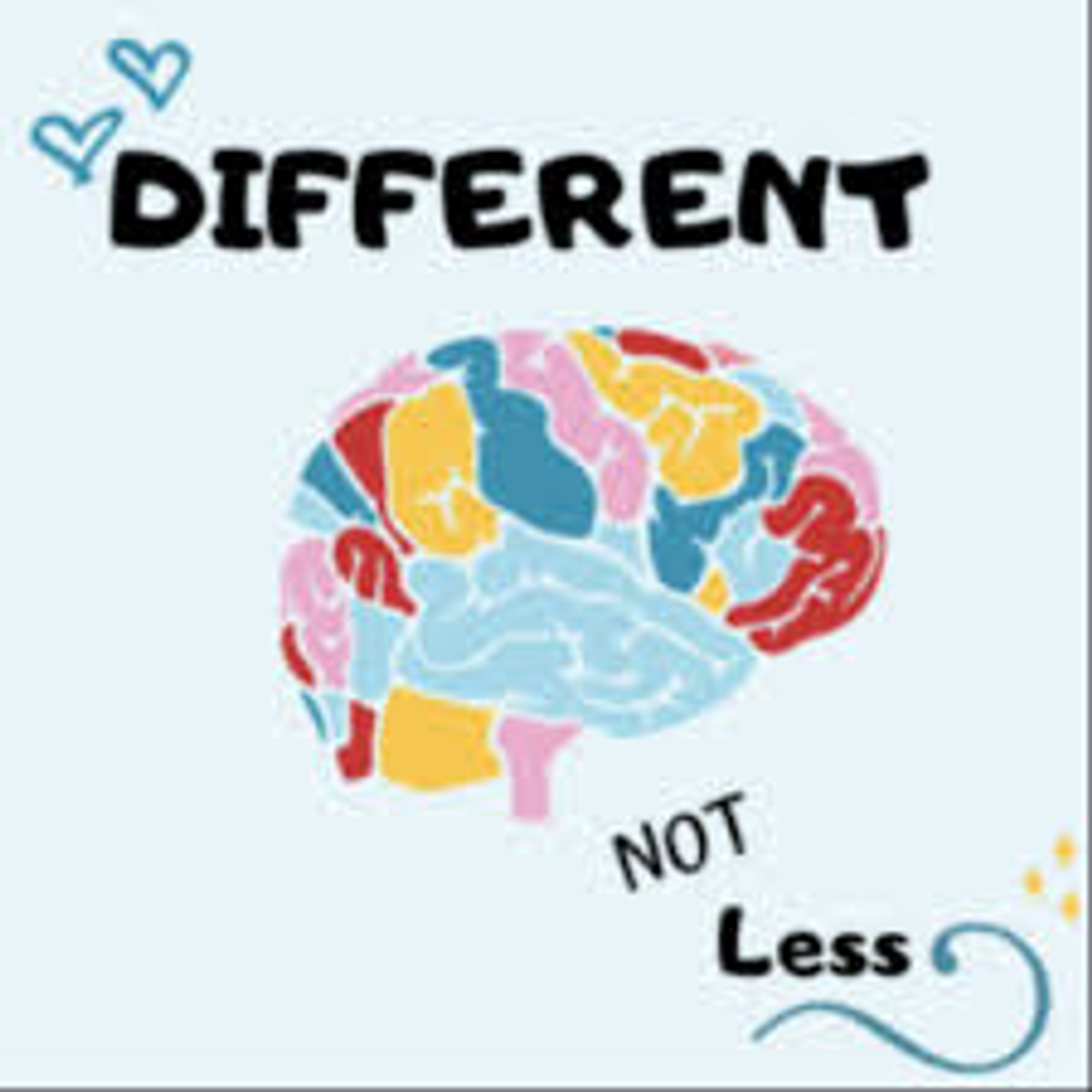Inclusion update

Inclusion Update
The Friendship Seat at CJC
At CJC, our Friendship Seat sits proudly beneath a beautiful tree. It is a simple yet powerful symbol of kindness, inclusion, and connection. Its purpose is to ensure that no child feels left out, offering a visible way to reach out and make a friend.
What is the Friendship Seat for?
Many schools have friendship seats or benches that serve as a way for students to show that they are looking for someone to play with or talk to. When another student sees someone sitting on the seat, it’s a gentle cue to approach, start a conversation, or invite them to join in a game.
This initiative helps to prevent social isolation, reduce conflict, and foster empathy. It encourages students to notice and respond to the needs of others, promoting understanding and kindness across the playground.
The Friendship Seat can be especially helpful for:
New students who are still finding their way and building new friendships.
Students whose usual friends are away on a given day.
Anyone experiencing a friendship issue who may need a safe space to take a break and reconnect later.
Where did the idea come from?
The concept of the Friendship or Buddy Bench originated in Germany and was introduced to the United States in 2013 by a second-grader named Christian Bucks. While preparing to move to Germany, Christian saw photos of these benches in school playgrounds and was inspired to bring the idea to his own school in York, Pennsylvania. The simple act of caring caught on and today, buddy benches can be found in schools around the world, fostering inclusion, belonging, and friendship.
Where can you find the Friendship Seat at CJC?
Our Friendship Seat is located near the junior playground, under the large shady tree close to Stanley Parade (Gate 4). It’s available for all students to use at any time during the school day and is a welcoming space where new friendships can begin.
ADHD AWARENESS MONTH
A lot of awareness is growing around neurodiversity, especially ADHD, a condition often misunderstood. It’s easy to confuse misbehaviour with ADHD when children act out or overlook it when they seem to simply “daydream.”
ADHD is a medical condition linked to a lack of dopamine regulation in the brain, not a misbehaviour nor a choice. This lack of regulation can affects focus, impulse control. It is crucial to address ADHD early, as it can significantly impact a child's well-being and learning if left misunderstood or unmanaged. There are solutions to help families. Knowledge is crucial.
In Australia, ADHD affects about 1 in 20 people, highlighting the need for better understanding and support for neurodiverse children and their families.
These resources below aim to enhance understanding and create supportive environments for neurodiverse children and adults alike.
what is ADHD?Failing at Normal: An ADHD Success Story | Jessica McCabe | TEDxBratislava
How To ADHD : great ressources, lots of answers.
ADHD Natural Treatments and Medication for Children
ADHD in Children: ADD Parenting Help Behavior, Discipline, Self-Esteem
ADHD: Signs, Symptoms, Solutions
ADHD from Childhood to Adulthood [Symptoms and Traits]
by Madame Floch



